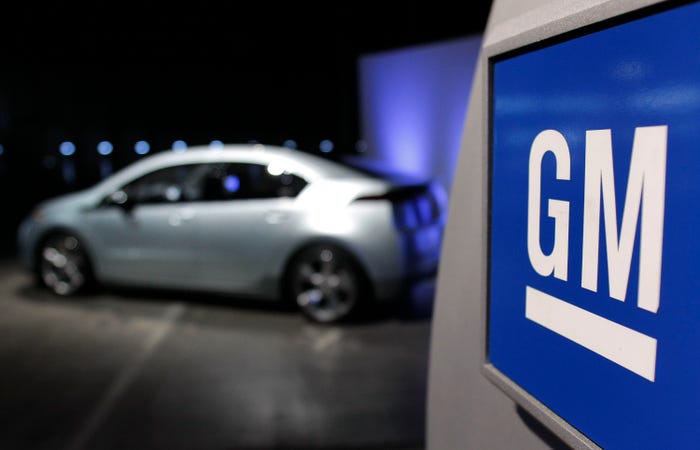Humanoid Robot Learns Tasks in 24 Hours
Sanctuary aims to create ‘human-like intelligence’ in robots with its seventh-generation robot

Sanctuary AI, a Canadian company creating AI-powered humanoid robots, has unveiled the latest iteration of its general-purpose robot Phoenix, marking the seventh generation of the model.
The company said this robot brings it closer to its mission to create the “world’s first human-like intelligence in robots.”
The announcement comes less than 12 months after Sanctuary released the sixth generation of Phoenix, and less than 16 months after its fifth-generation robot was first commercially deployed in January 2023.
Updates to the seventh version include hardware improvements, increased range of motion in the wrists, hands and elbows, increased hand durability, and improved tactile sensing and visual acuity.
Perhaps most significantly, Sanctuary said the latest Phoenix model can learn tasks in less than 24 hours, rather than taking weeks as previously, which the company said marks a “major inflection point” in task automation.
“It’s incredible to see the progress that has been made in just 11 months,” said Geordie Rose, Sanctuary AI’s CEO. “With generation seven, we have a system that we believe is the most closely analogous to a person of any available.
“We see this as not only the cornerstone of general-purpose AI robotics but a critical step on the path to artificial general intelligence, and we’re thrilled to be leading the charge on it. This all adds up to being able to capture increasing quantities of higher quality, higher fidelity human behavioral data, which in turn will expedite the development of foundational AI models and customer deployments.”
Earlier this month, Accenture announced its investment in Sanctuary AI, citing the potential of humanoid robots to meet ongoing labor shortages across several industries.
“We see huge potential for their robots in post and parcel, manufacturing, retail and logistics warehousing operations, where they could complement and collaborate with human workers and automate tasks that traditional robotics can’t,” said Joe Lui, Accenture’s global advanced automation and robotics lead.
About the Author
You May Also Like








